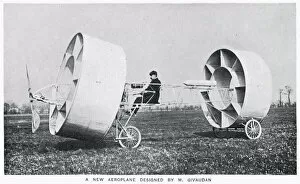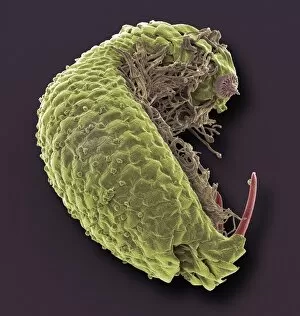Multicellular Collection
The concept of multicellularity has fascinated scientists for centuries, and this captivating image captures the essence of its complexity
All Professionally Made to Order for Quick Shipping
The concept of multicellularity has fascinated scientists for centuries, and this captivating image captures the essence of its complexity. The multicellular tractor tandem flying machine, built at Villefranche, showcases the ingenuity and innovation that arises from collaboration between cells. Picture No. 11014628 portrays a remarkable feat of engineering, where individual cells come together to create a harmonious whole. But multicellularity is not limited to man-made creations; nature too exhibits this phenomenon in various forms. The Tribrachidium fossil serves as a testament to ancient life's ability to organize itself into intricate structures. Its preserved remains offer glimpses into the evolution of complex organisms. Moving from land to sea, we encounter seaweed F008 / 3397 - an example of marine multicellularity at its finest. This close-up shot (F008 / 3401) reveals the delicate intricacies within each cell that contribute to the overall beauty and functionality of this underwater wonder. Delving deeper into microscopic realms, we explore the world of Gastrotrichs - tiny freshwater animals with incredible adaptability. SEM images C019 / 0220, C019 / 0231, and C019 / 0232 showcase their unique features up close: their eggs (C019 / 0220), their fascinating body structure (C019 / 0231), and their astonishingly detailed anatomy (C019/0232). These mesmerizing SEM images highlight how these creatures have evolved sophisticated cellular systems enabling them to thrive in diverse aquatic environments. Whether it be through human inventions or natural wonders like Gastrotrichs or Tribrachidium fossils, multicellularity exemplifies nature's ability to achieve extraordinary feats through collective effort. Intricate collaborations among cells allow for specialization and division of labor within organisms – resulting in increased efficiency and survival advantages over single-celled counterparts.









